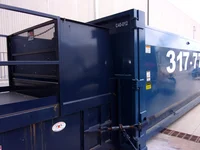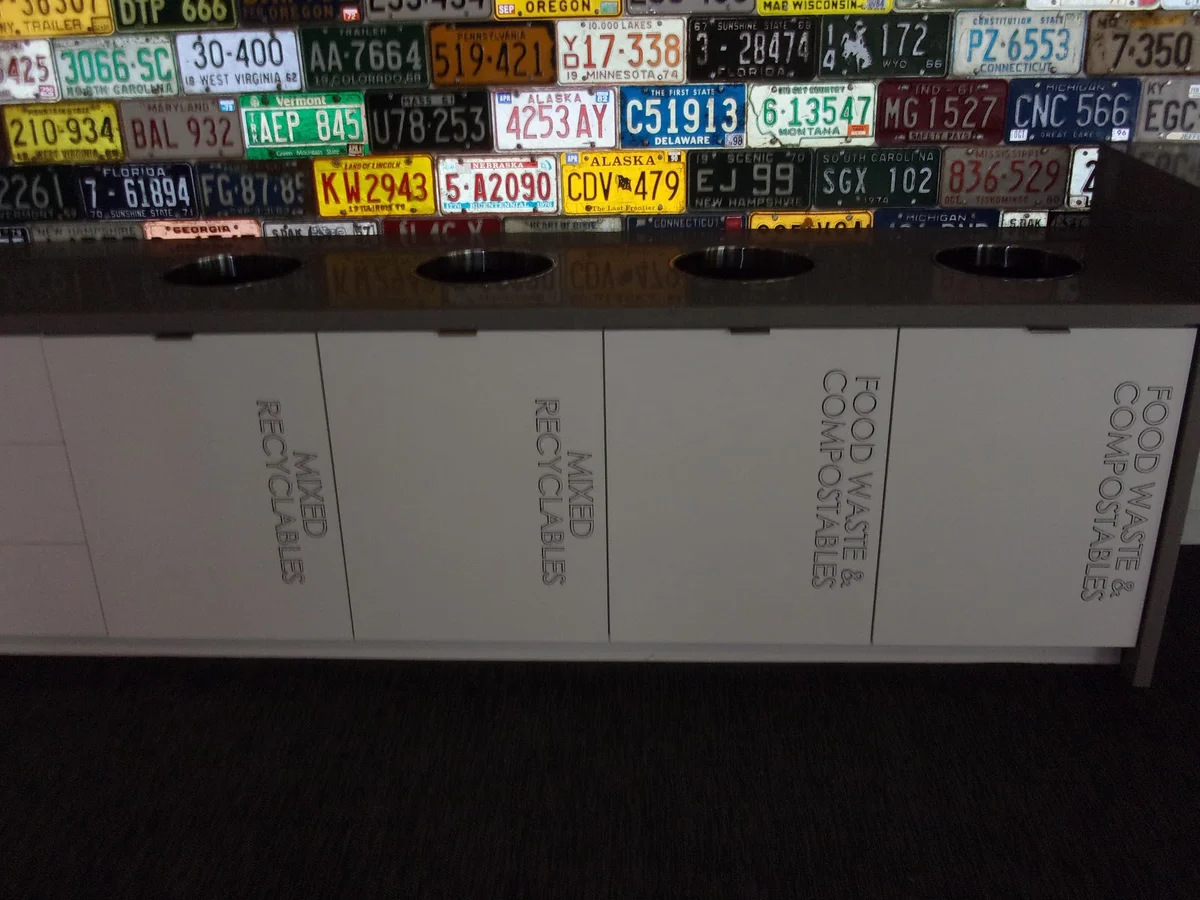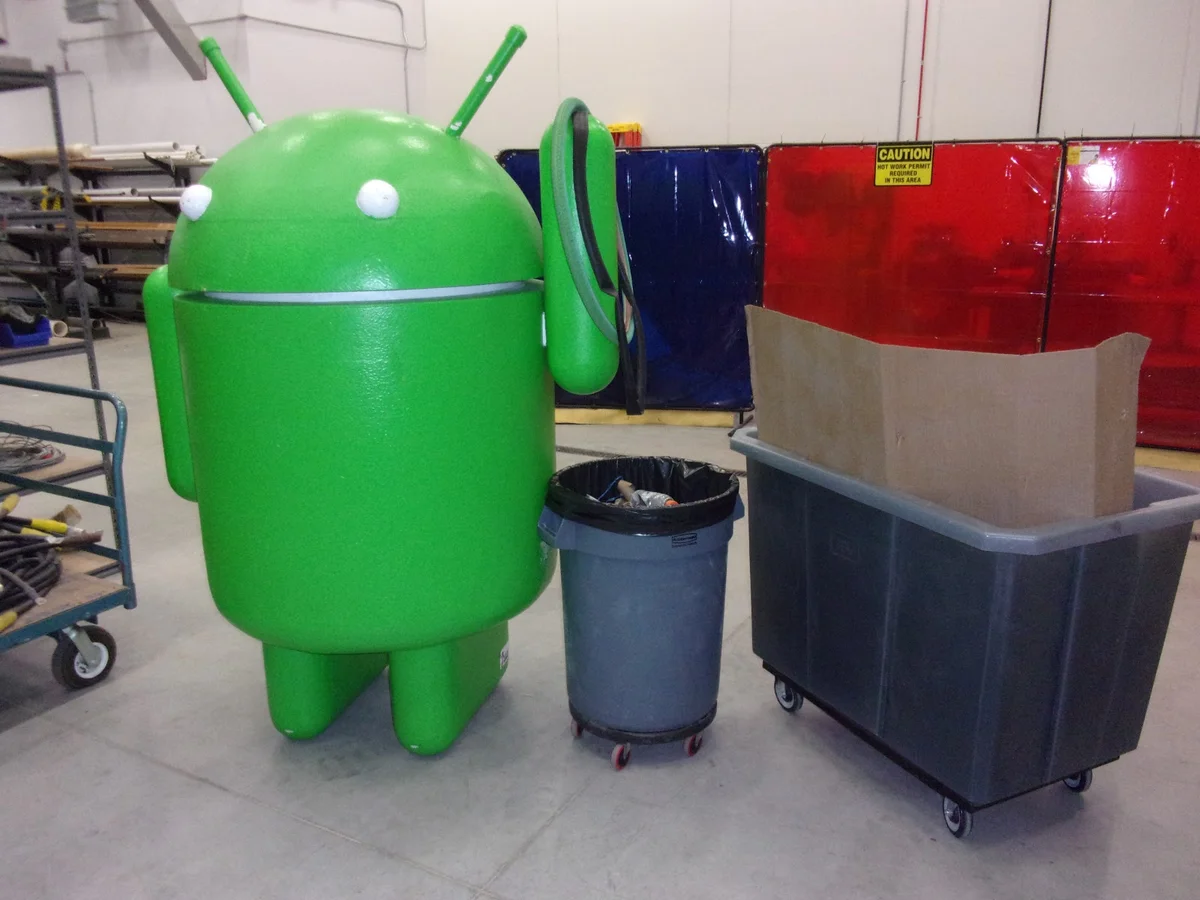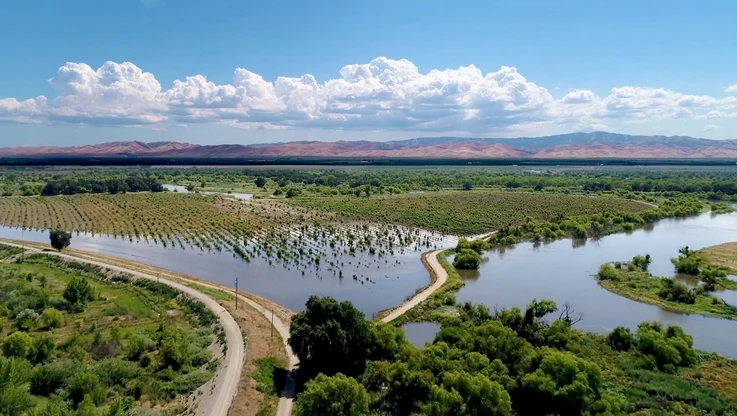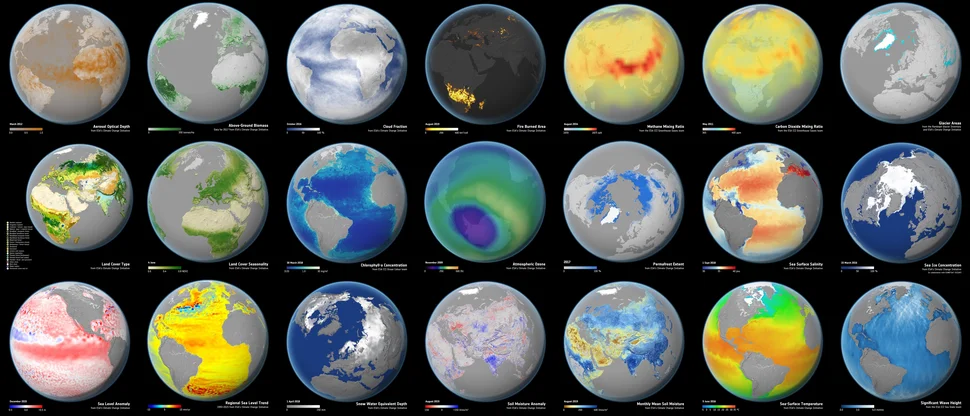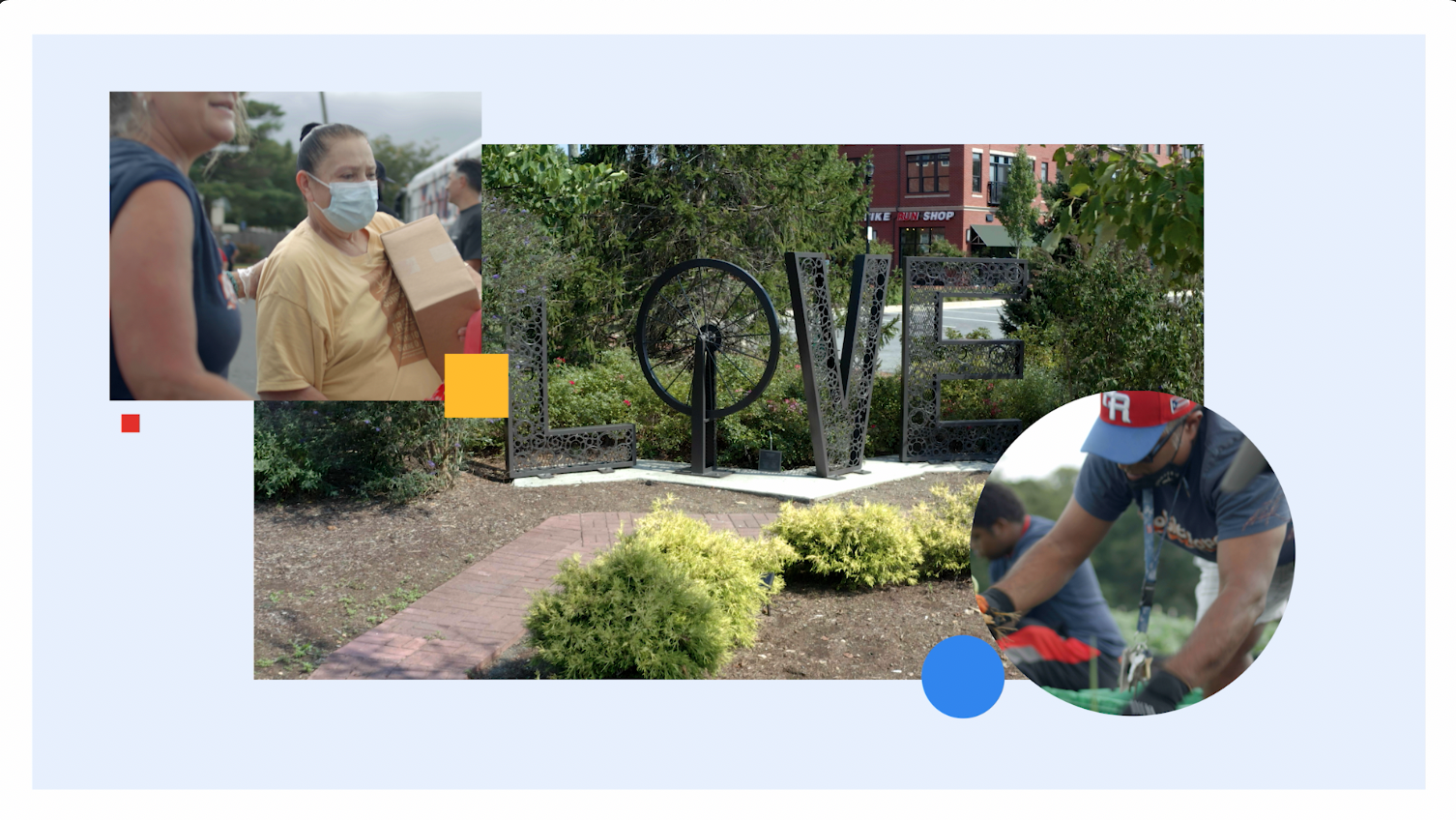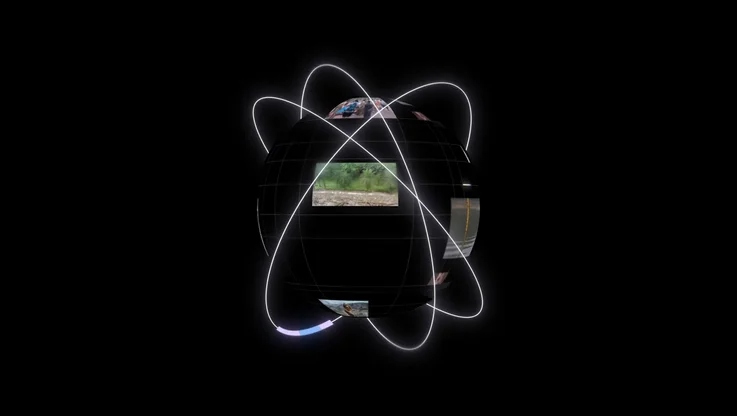Six Google data centers are diverting 100% of waste from landfill
Over the past few years we’ve started focusing downstream on what resources we’re generating via waste. We’ve been working towards zero waste to landfill at our facilities, as well as reducing the amount of waste we’re generating. Today, we are announcing a new commitment to achieve Zero Waste to Landfill for our global data center operations.
At Google, Zero Waste to Landfill means that when waste leaves our data centers, none of it goes to a landfill—100 percent is diverted to a more sustainable pathway, with no more than 10% of it going to a waste-to-energy facility, unless waste-to-energy can be proved more valuable than alternative diversion paths. Our approach is based off thestandard created by UL Environment who we partnered with to ensure the guidelines we created for our facilities were aligned and compliant with how UL defines and monitors the process.
Six of our 14 sites are achieving 100 percent diversion rates. Globally across our data center operations we are diverting at least 86 percent of waste away from landfills. At our operating data centers in Europe and APAC we have reached 100 percent diversion from landfill which currently includes a contribution from waste to energy of greater than 10 percent. These data centers include: Dublin, Ireland; Hamina, Finland; St Ghislain, Belgium; Changhua County, Taiwan and Singapore. As we continue to implement new diversion strategies and ways to design waste out altogether that percentage will decrease.
Our data center in Mayes County, Oklahoma is our first Google data center to reach Zero Waste to Landfill.
So, how did we get here, where have we had big successes? There have been a couple of themes for success. Find projects that do double duty—those that not only reduce or divert waste, but also have an added benefit, like energy savings or improved process efficiency. For example, our Mayes County data center has deployed compactors to help manage waste. Not only does it help divert waste more effectively, it also gives us accurate weight data for tracking, reduces the number of pick-ups our vendor has to make (saving us and them time and money) and is cleaner overall for the site (reducing how much janitorial work is needed).
Second, sometimes you don’t have to eliminate a waste stream or find a new diversion pathway to reduce the amount of waste, instead you can also look at extending it’s life—then you’re buying less and disposing of less. The same concepts we apply to server management, we apply to our maintenance operations to keep the data centers up and running.
Third, expect the unexpected, waste streams do not stay the same, they change and evolve over time depending on your operations. Be prepared for random new waste products and be flexible. Frequently the last 10 to 20 percent of waste diversion can be the hardest to solve, but understanding these processes is critical to success.
We’ve learned a lot along this journey and will continue to learn more—the effort certainly has not been wasteful. Zero waste to landfill requires a careful attention to the types of materials you’re generating and a deep understanding of your resource pathways. All these learnings allow us to keep pushing towards zero waste to landfill, but also to start looking upstream to add circular economy practices into our operations. Zero waste to landfill is just the first step in a long process to sustainably manage our resources throughout the entire lifecycle of our data centers.
